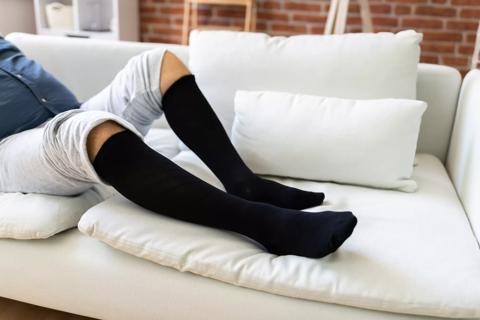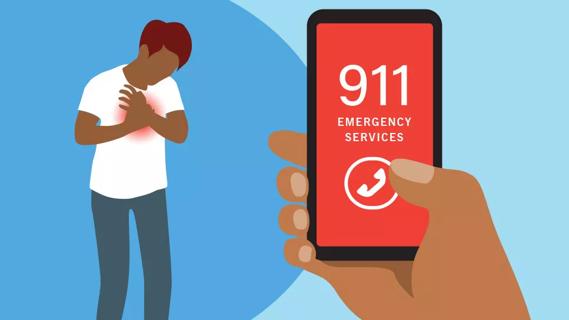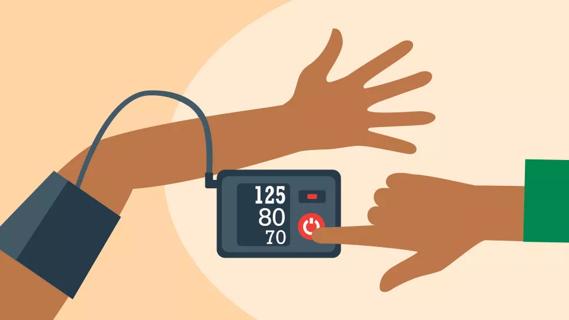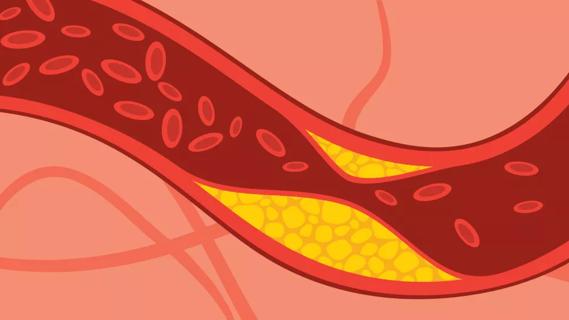Replacement is no longer the only option

If you have a leaky mitral valve caused by Barlow’s disease, you may have been told that it cannot be repaired and that replacement is your only option. This is no longer true. A new repair technique has been developed, and it is far superior to older repair techniques or valve replacement.
Cleveland Clinic is a non-profit academic medical center. Advertising on our site helps support our mission. We do not endorse non-Cleveland Clinic products or services. Policy
“The procedure allows us to repair the valve with a 98 to 99% chance of success,” says heart surgeon Per Wierup, MD. “We do it minimally invasively with a robot.”
More than a decade ago, Dr. Wierup began exploring ways to improve on a European repair technique for Barlow’s disease. The procedure he developed is now the standard of care for Barlow’s mitral valve repair at Cleveland Clinic.
Heart valves open and close to keep blood moving in one direction. The mitral valve controls blood flow between the left atrium, which accepts freshly oxygenated blood from the lungs, and the left ventricle, which pumps blood into the body.
When the two leaflets of a mitral valve fail to close tightly between beats (“coapt”), blood leaks backwards, and the body does not receive sufficient oxygen. Symptoms such as fatigue, shortness of breath, leg swelling and arrhythmias begin to appear and worsen as the condition — known as mitral regurgitation —progresses.
In many patients with mitral valve disease, the valve leaflets become weak and loose. In Barlow’s disease, the opposite happens. The valve becomes swollen with extra tissue. The ring around the valve stretches out, and the chords holding the leaflets to the ring elongate. This causes the entire valve to prolapse, or fall, into the left atrium, looking somewhat like a failed parachute flapping in the wind.
In a traditional mitral valve repair, the loose valve tissue is cut away (resected), and the remaining valve tissue is reattached, tightening the leaflet. But this doesn’t work so well in Barlow’s patients.
“The entire valve is involved, so if we remove the prolapsed tissue, there’s nothing left,” says Dr. Wierup.
Some surgeons have tried resecting tissue while transferring chords from other places on the mitral valve, but the extensive amount of suturing causes scar tissue to form. Over time, the valve becomes stiff. While the procedure can produce the desired results, it requires the heart to be stopped for a long period of time. Afterwards, some patients require special drugs to help their heart contract and must stay in the intensive care unit for several days.
“It’s very hard on the patient,” says Dr. Wierup.
The new technique takes an entirely different approach.
First, no valve tissue is removed. Second, the weak chords causing the prolapse are replaced by Gore Tex® chords. The length of each cord is adjusted to make the leaflets fit together perfectly.
That’s the beauty and trick of the technique. It produces a perfect result.
Since the leaflets are not cut or sutured, no stiff scar tissue develops. The size of the valve opening is unaffected, so the heart functions normally. And the procedure can be performed quickly.
“The heart doesn’t need to be stopped for long. Patients tolerate it very well,” he says.
Patients go home the day after surgery. Because the repair can be done minimally invasively, there is less pain, less bleeding and a short recovery period.
“This repair has revolutionized the treatment of Barlow’s valves,” says Dr. Wierup.
This article first appeared in Cleveland Clinic Heart Advisor.
Learn more about our editorial process.

First things first — slowly sit or lie down

Absolutely! In fact, in many ways, exercise is key to recovery

There’s no way to stop it once a heart attack is happening, but the most important thing you can do is to call for help

You can counter the risk of prediabetes-related heart attack or stroke by eating more fruits, vegetables and whole grains, as well as exercising regularly

An ideal blood pressure is less than 120 mm Hg systolic and less than 80 mm Hg diastolic

Age, sex and genetics are just a few factors that can affect your risk of developing coronary heart disease

LDL cholesterol and lipoprotein (a) cholesterol are more likely to stick to your arteries and lead to dangerous heart events

Having underweight, having overweight and having obesity can be dangerous for your heart

Your metabolism may torch 1,300 to 2,000 calories daily with no activity

A gentle touch in all the right places may help drain your sinuses